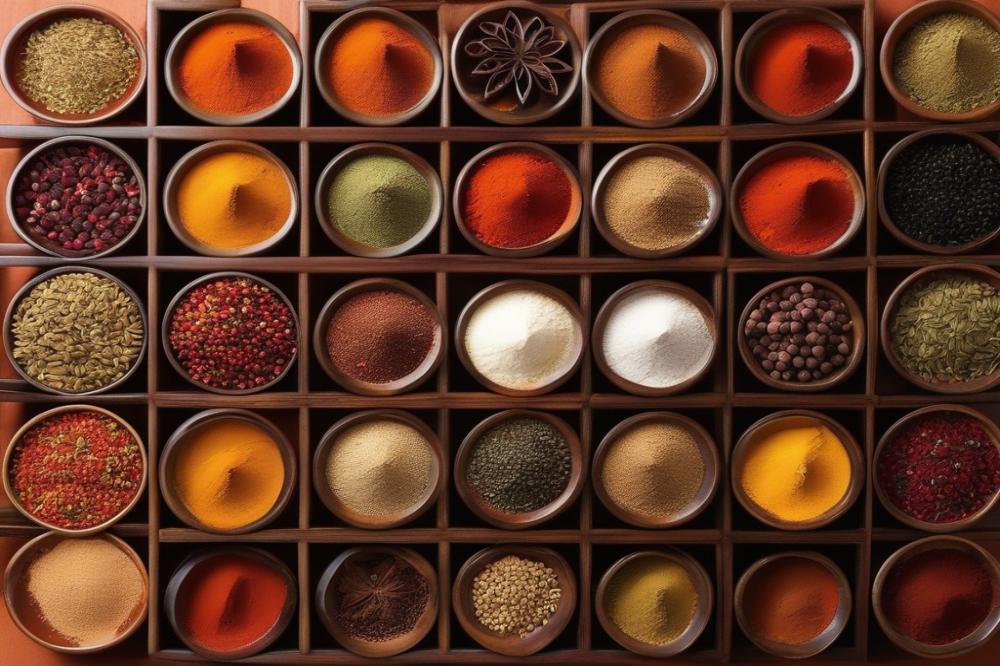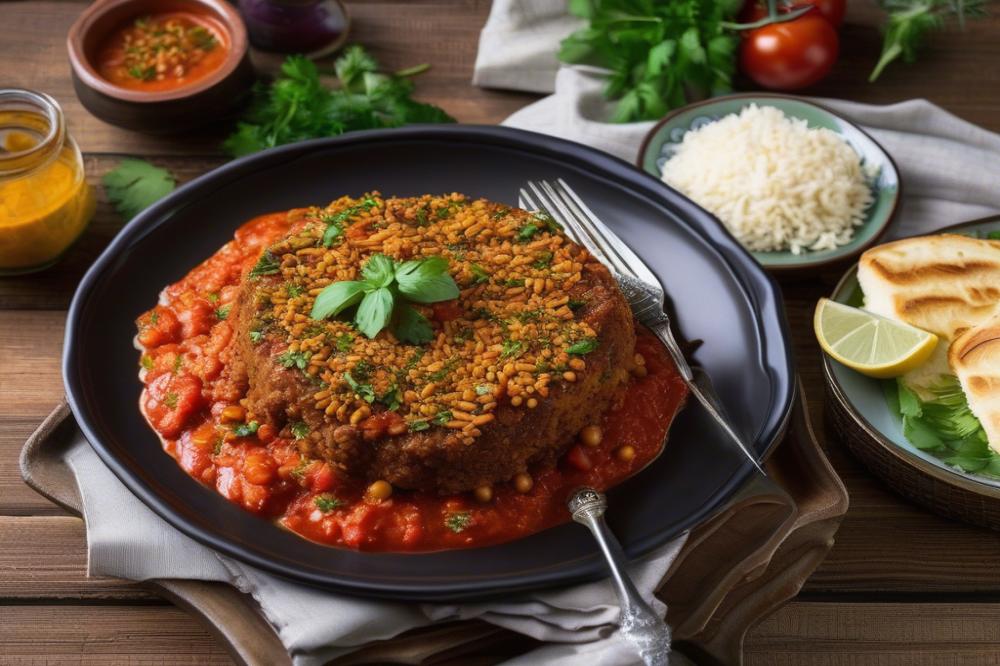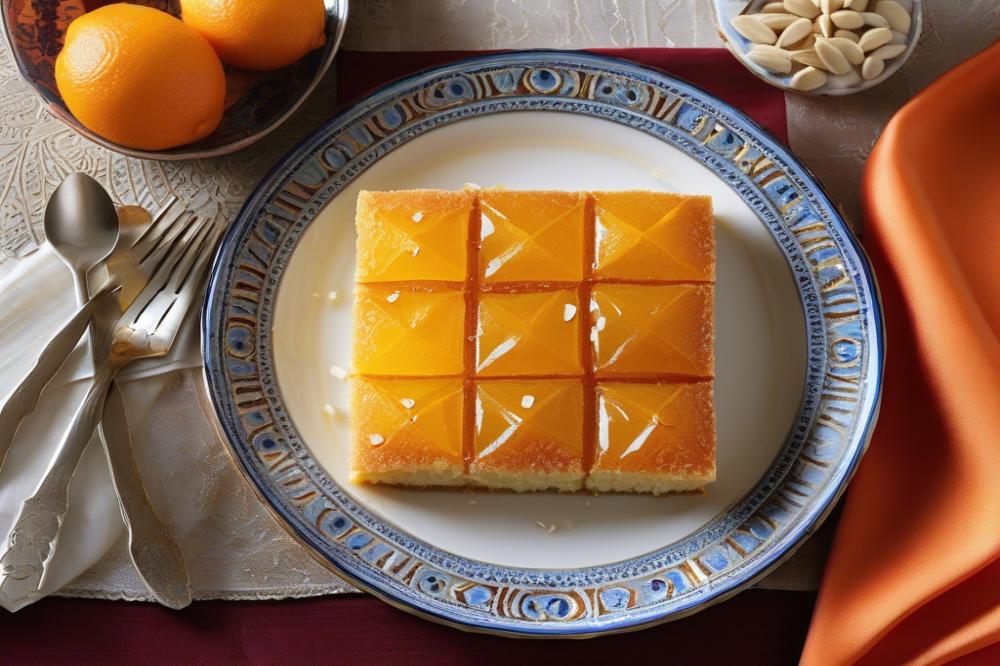Introduction
Moroccan cuisine is a vibrant tapestry of flavors and aromas. It reflects the country’s rich history and cultural diversity. Meals often feature spices like cumin, cinnamon, and saffron, enhancing the natural tastes of the ingredients. Tagines and couscous are staple dishes, showcasing the artful cooking methods of this North African region. This cuisine strikes a balance between sweet and savory, creating a delightful experience for the palate.
The art of food and wine pairing plays a crucial role when enjoying Moroccan dishes. The right wine can elevate a meal, bringing out the complex notes of spices and ingredients. For example, red wines can complement hearty tagines, while crisp white wines might pair perfectly with seafood dishes. Each sip can enhance the overall dining experience, making it more memorable.
In this article, we will explore the best wine selections to accompany Moroccan cuisine. We will discuss different wine options, including red wine, white wine, and rosé. Serving suggestions will also be provided to enhance the experience of wine tasting alongside these flavorful meals. By the end, you will have a clearer understanding of how to match wines with Moroccan dishes, enhancing your next dining occasion.
wine pairing: Understanding the Basics

food and wine pairing is about finding the right wine to complement a meal. The perfect match can highlight the flavors of both the wine and the dish. Understanding this concept is essential when exploring Moroccan cuisine.
Overview of Wines: Red, White, and Rosé
Wines come in various types, including red, white, and rosé. Red wine often pairs well with hearty dishes. White wine can offer a refreshing contrast to richer flavors. Meanwhile, rosé tends to balance sweeter and spicier elements, making it a versatile option. Each type of wine brings its own character to the table.
Enhancing Flavors of Moroccan Dishes
Wines can certainly elevate the experience of enjoying Moroccan dishes. Dishes like tagine feature complex flavors that can be accentuated by the right wine. For example, a fruity red wine can complement lamb tagine beautifully. On the other hand, a crisp white wine might work wonders with a seafood-based couscous. The choice depends on the main ingredients and cooking style.
Spices in Moroccan Cuisine and Wine Selection
Spices play a vital role in Moroccan cuisine. Ingredients such as cumin, coriander, and cinnamon are common. These spices can influence which wine is best. A dish with cinnamon might pair well with a lighter, fruit-forward wine. Conversely, a dish rich in cumin may harmonize better with a full-bodied red wine. Consider the spice levels when making wine selections. This is crucial for a successful pairing.
When working with Moroccan flavors, serving suggestions also matter. Wine tasting can be more enjoyable when the right food is prepared. Offering multiple wine options allows guests to explore combinations. This makes the dining experience more interactive and engaging.
Classic Moroccan Recipes: Ingredients and Method

Recipe for a Traditional Moroccan Tagine
This Moroccan tagine is a delicious representation of the country’s rich culinary tradition. Using a tagline or a pot, you can create a comforting meal that excites the palate with a blend of spices and flavors.
Ingredients List:
- 1 kg chicken or lamb
- 2 tbsp olive oil
- 1 large onion, chopped
- 3 cloves garlic, minced
- Spices: 2 tsp cumin, 2 tsp coriander, 1 tsp cinnamon, 1 tsp paprika, 1 tsp ginger
- A pinch of saffron
- 100 g dried apricots, chopped
- 200 g chickpeas, soaked and cooked
- 500 ml vegetable broth
- Fresh cilantro for garnish
Cooking Instructions:
- Begin by heating olive oil in your tagine or a large pot over medium heat.
- Sauté chopped onions and minced garlic until they turn golden and fragrant.
- Add the spices, allowing them to cook briefly to release their aromas.
- Brown the pieces of meat, ensuring they get a nice sear, then pour in the vegetable broth along with chopped apricots.
- Let the mixture simmer until the meat is tender, which may take about an hour.
- Stir in the cooked chickpeas, allowing them to heat through before serving.
- Garnish the dish with freshly chopped cilantro for a pop of color and flavor.
Nutritional Information:
This traditional dish is packed with essential nutrients. Chicken or lamb serves as a rich source of protein. Chickpeas contribute valuable fiber and plant-based protein. The spices not only enhance taste but also offer health benefits; for instance, cumin and coriander both support digestion. Dried apricots provide sweetness while being high in vitamins A and C. Healthy fats from olive oil add essential fatty acids, making this meal nourishing. Enjoy this culinary creation with traditional sides like couscous or crusty bread to complement the dish.
When engaging in food and wine pairing, consider the meat selection. Red wine pairs wonderfully with lamb, while a crisp white wine enhances chicken beautifully. For a refreshing choice, a rosé works well with the spices found in Moroccan dishes, balancing the flavors effectively during wine tasting. Serve your tagine versatile enough to accompany various wines, enriching the dining experience.
Wine Pairing Suggestions for Traditional Dishes

The art of food and wine pairing can elevate any meal, especially when trying Moroccan dishes. Each dish brings its own set of flavors and textures. Understanding how to match these with the right wine will enhance your dining experience.
Tagine: Best Red, White, and Rosé Options
Tagine is a staple in Moroccan cuisine, known for its slow-cooked meats and aromatic spices. When choosing a red wine, look for varieties like Grenache or Syrah. These reds can complement the bold flavors of the dish. A full-bodied red might overpower, so select something with balance.
On the other hand, a white wine such as Sauvignon Blanc works beautifully. Its crispness offers a refreshing contrast to the richness of the tagine. If you prefer rosé, a dry version will also pair nicely. It can bring out the subtler elements in the dish without competing with stronger spices.
Couscous: Ideal Wine Varieties That Complement Its Flavors
Couscous, often served with vegetables or meats, provides a lighter option that pairs well with a variety of wines. A light-bodied white, like a Pinot Grigio, matches well with this dish. It doesn’t overwhelm the palate, allowing the flavors to shine through.
Consider alternatives such as a fruity red, like Pinot Noir, for an unexpected twist. This wine adds a slight depth while remaining elegant. When choosing rosé, an aromatic one can bring out the freshness of any added herbs and vegetables.
Impact of Spice Levels on Wine Choices
Spice levels in Moroccan cooking significantly influence wine selections. Dishes rich in spices, such as harissa, can require more thoughtful pairing. Light-bodied wines work well without clashing. They cleanse the palate, making every bite enjoyable. Full-bodied options may overwhelm the dish, making it taste harsher.
Also, consider the overall flavor profile. If a dish is smoky, a robust wine may enhance this aspect. Awareness of spice levels will help in choosing the right match.
Considerations for Wine Tasting with Moroccan Cuisine
While enjoying Moroccan cuisine, it’s essential to pay attention to flavors while tasting wine. Take small sips and note how the wine interacts with different dishes. Pairing choices can evoke new textures and tastes. This process adds joy to the meal.
Serving suggestions can also enhance your experience. Decanting the wine or serving it slightly chilled can make a difference. Wine tasting should feel relaxed and inviting, creating a perfect atmosphere for savoring both food and wine.
Serving Suggestions: Enhancing the Dining Experience
When enjoying Moroccan cuisine, consider the perfect way to serve wine with your meals. A thoughtful approach can elevate any dining experience. Start with a good selection of wines that complement the rich flavors of Moroccan dishes like tagine and couscous. The right food and wine pairing transforms an ordinary meal into a delightful feast.
Temperature Guidelines
Temperature plays a crucial role in how wine tastes. Red wine should be served slightly cooler than room temperature, ideally around 60-65°F. This temperature helps emphasize the bold flavors in wines like Syrah or Cabernet Sauvignon, which pair well with spiced meats. White wine, on the other hand, shines at a chilled temperature of 45-50°F. Crisp whites, like Sauvignon Blanc or a dry Riesling, bring out the freshness in salads or seafood dishes. For rosé, serving it cold at about 50-55°F enhances its fruity notes, making it a refreshing choice alongside lighter tagines or vegetable couscous.
Glassware and Presentation Tips
The right glass can make a difference. Use a standard wine glass for red wine, which helps concentrate the aromas. A smaller glass is ideal for white wine, preserving its chilled temperature. Rosé can be served in a medium-sized glass, allowing its fragrant bouquet to emerge. Presentation matters too. Set the table with vibrant colors inspired by Moroccan culture. Bright plates and colorful tablecloths create a warm atmosphere. Add some candles for a cozy touch and enhance the overall experience.
Bread, Dips, and Appetizers
Before main courses, serve some Moroccan breads like khobz. This flatbread is perfect for mopping up sauces. Pair it with a variety of dips such as hummus or zaalouk, a smoky eggplant dip. These options can enhance any wine tasting as they invite guests to sample flavors. Add traditional appetizers like spiced olives or a platter of grilled vegetables for variety. All these elements come together to create a perfect beginning to the meal. When the dining experience is well-rounded, each sip of wine and each bite of food becomes more enjoyable.
Wrapping Up the Experience
Pairing wine with Moroccan cuisine can elevate your meals in delightful ways. Remember to keep in mind the vibrant spices and diverse flavors typical of these dishes. Bright whites and fruity reds often complement the unique taste profiles found in Moroccan recipes. Look for wines that can stand against or enhance the spices rather than overpower them.
Experimenting can lead to discovering unexpected delights. Trying different combinations can be a fun adventure. A spicy lamb tagine might surprise you when paired with a refreshing rosé. Alternatively, a rich, earthy red wine can accentuate the cumin and coriander often used in many traditional meals.
Exploring food and wine pairing with Moroccan dishes creates memorable dining moments. There are no strict rules, so feel free to trust your instincts. The joy of the meal comes from the experience, the company, and the flavors dancing together on your palate. When you combine the right wine with the incredible world of Moroccan cuisine, the results can be truly satisfying.



